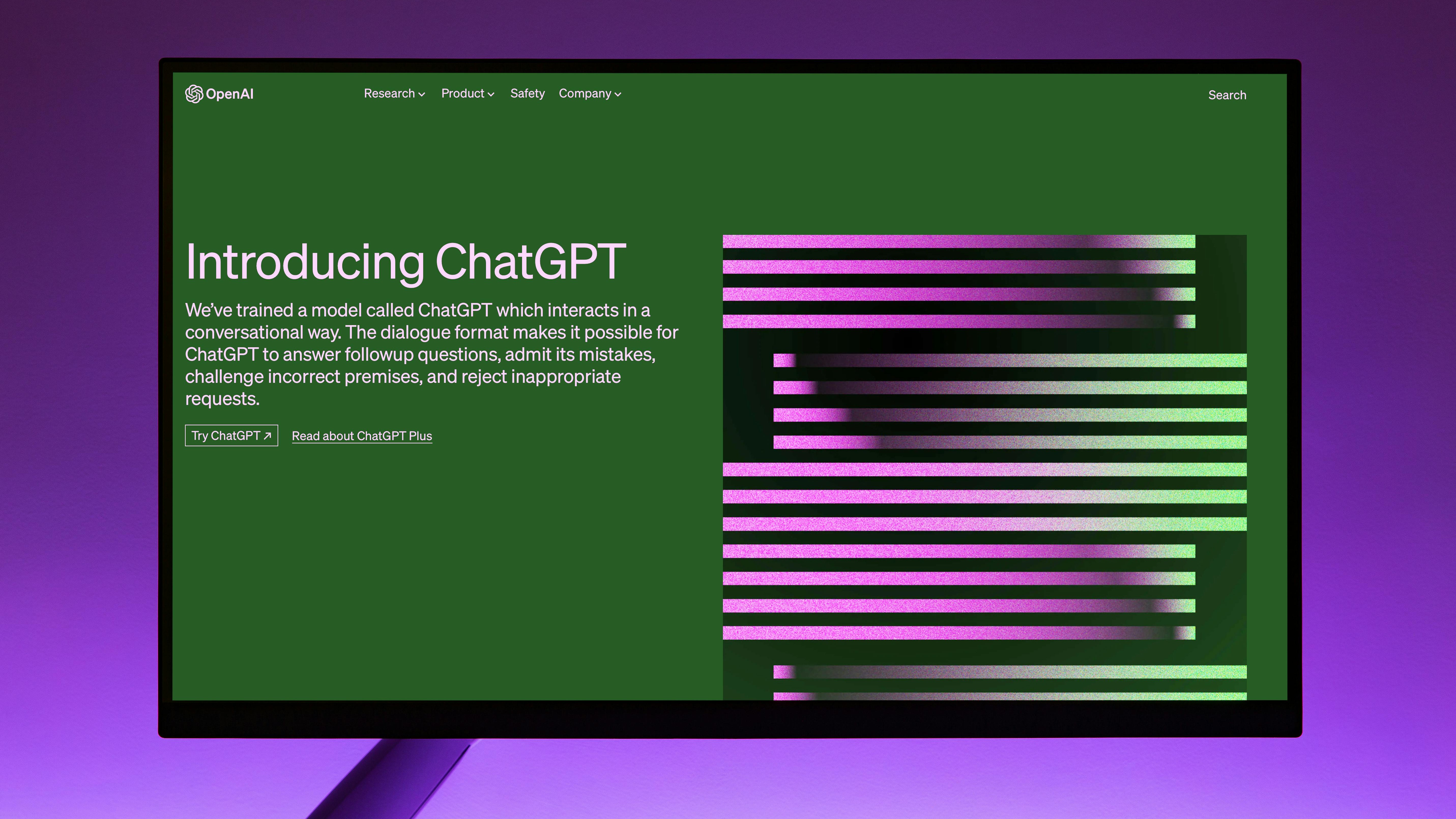
AI's Influx at Work: A Double-Edged Sword for Employee Engagement
In an era defined by rapid advancements in technology, the workplace is set to see unprecedented growth and adaptation thanks to artificial intelligence (AI). However, alongside the optimism that AI brings to employee performance and productivity, there are emerging complexities surrounding its interactions with team dynamics and workplace culture.
Harassment Reimagined: The Darker Side of AI
Reflecting on the past when internet access led to unanticipated issues like workplace harassment, it's crucial to consider how AI could be exploited similarly. Attorney Michael Elkon shares a disturbing perspective: as AI becomes increasingly integrated into the workplace, it could facilitate new forms of harassment. For instance, incidents of employees using AI to create and share harmful deep-fake images are no longer confined to the realm of the bizarre. These scenarios pose real threats; organizations need to proactively establish clear policies addressing such potential misconduct to ensure a truly people-first leadership approach.
Romantic Attachments to AI: A New Cultural Phenomenon?
Interestingly, the emotional connections individuals forge with AI systems is becoming a topic of serious conversation. Stories of people developing romantic feelings for AI chatbots challenge conventional notions of human interaction. These stories prompt HR leaders to contemplate how such attachments impact team dynamics and employee engagement. Indeed, addressing the needs of employees in this nuanced realm is vital for comprehensive talent management and can bolster outcomes in workforce optimization.
What Will the Future Hold?
As organizations embrace the AI landscape, it’s paramount for leaders to acknowledge both the opportunities it presents and the ethical challenges it raises. Protective measures should be woven into workforce strategy to ensure a high-performance culture that balances innovation with safety and inclusivity. This isn’t just about succession planning and metrics—it's about fostering an environment where technology serves to enhance human capabilities rather than complicate them.
In confronting these sticky situations, HR leaders have an opportunity to redefine employee engagement by integrating ethical considerations into technology use. Embracing thoughtful policies now will pave the way for healthier organizational dynamics in the future.
 Add Row
Add Row  Add
Add 




Write A Comment